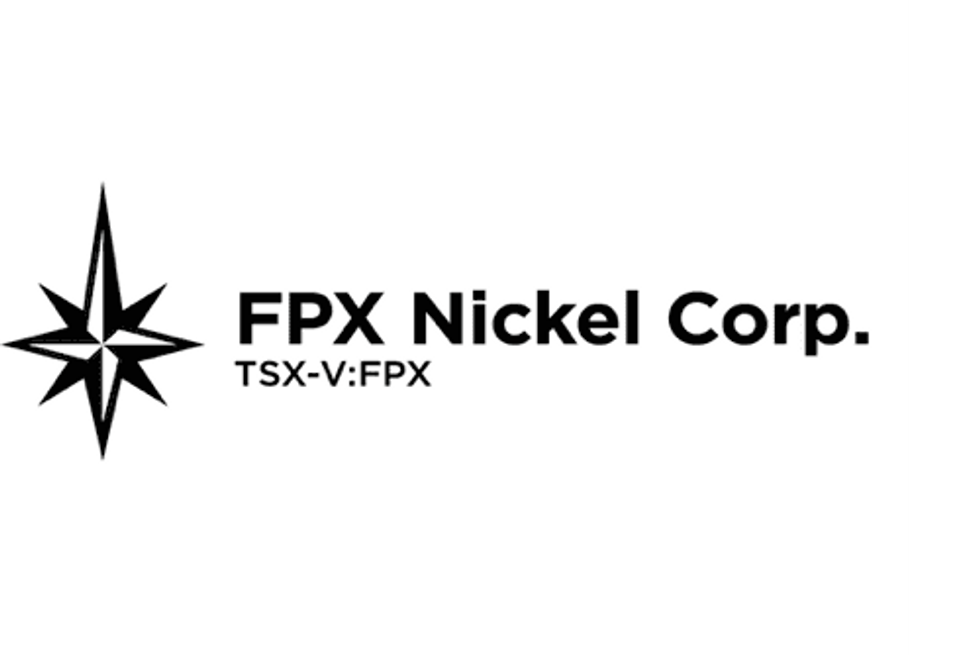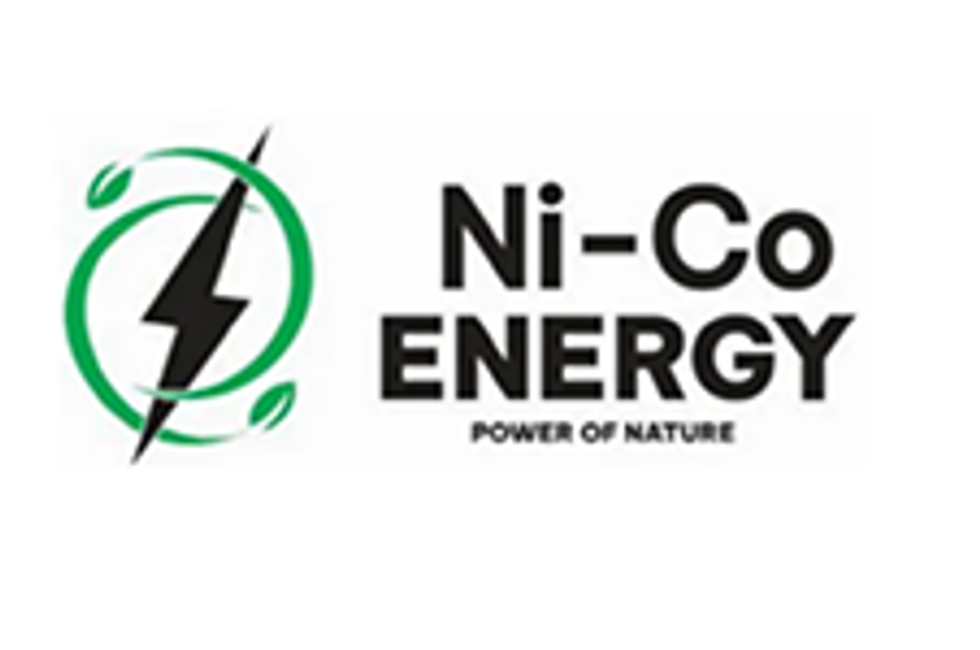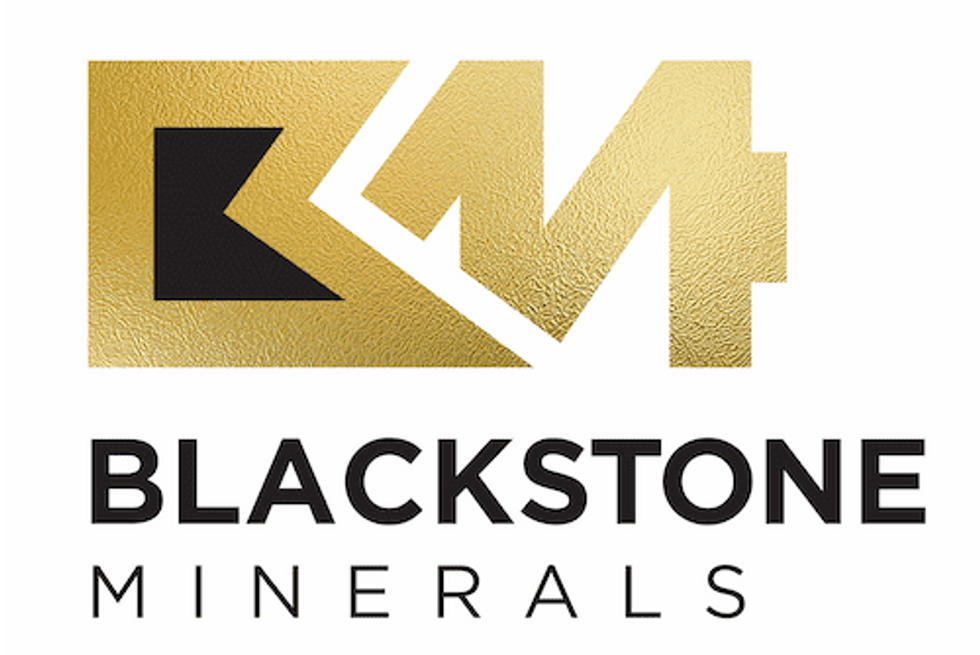Nickel-focused investors may not know much about nickel in Vietnam, but that could soon change thanks to Canada’s Asian Mineral Resources. The company operates and holds a 90-percent interest in the Ban Phuc nickel mine, which is one of the few new sources of nickel sulfide in the world.
“Flag of Vietnam” by Lưu Ly vẽ lại theo nguồn trên. Licensed under Public Domain via Wikimedia Commons.
Nickel-focused investors may not know much about nickel in Vietnam, but that could soon change thanks to Canada’s Asian Mineral Resources (TSXV:ASN).
The company operates and holds a 90-percent interest in the Ban Phuc nickel mine, which is one of the few new sources of nickel sulfide in the world. It puts out a nickel-copper concentrate, annually producing 360,000 to 400,000 tonnes containing over 6,400 tonnes of nickel, 3,200 tonnes of copper and a smaller amount of cobalt as a by-product. AMR also runs a processing facility and is working on exploring and developing further advanced-stage regional nickel assets.
That’s pretty impressive, especially given the fact that in the past Vietnam has been a challenging jurisdiction for some miners. So how did AMR manage to get to this point?
A solid foundation from sound fundamentals
Speaking to Nickel Investing News, Evan Spencer, AMR’s president and CEO, explained that it has taken time. Indeed, the company was formed back in 2004, with an “intense drilling and evaluation program” following at Ban Phuc over the next few years. However, the situation stalled in 2008 amidst poor metals prices and increased export tariffs in Vietnam, and it wasn’t until 2012, when Pala Investments acquired a strategic interest in AMR, that the company was able to get back on track.
Since then, it’s been all systems go at Ban Phuc. As Spencer said, AMR has now “been in production 18 months, 12 months at full-scale production,” and has made “multiple shipments of concentrate on time and on spec, which is not only a milestone for AMR, but also a milestone for Vietnam.”
He cited AMR’s commitment to keeping its promises as responsible for the turnaround. For example, when Pala entered the scene in 2012, the company “had to go back through the approval process.” When it did so, “that helped prove to the Vietnamese that ‘hey, these guys are committed.’” Spencer added, “I think that really opened the front door. It’s relationships — once trust is established, there is a lot more progression.”
His company’s engagement with local communities likely hasn’t hurt either. Spencer said AMR is very aware of the need to engage with communities and to be socially responsible, and the company has worked to build health and education resources in the local community. “We’ve got the support of the local community, and that’s a large support for the business,” he said. The company has spent significant time and effort on training and education and now over 92 percent of its workers are from the local community.
Encouragingly, others have taken note of the company’s consistent progress. Spencer said a number of smaller, independent mining operations in Vietnam have started approaching AMR regarding possible acquisitions, processing and business opportunities.
Future plans
In terms of what’s next for AMR, Spencer stressed that the company is following a plan that it’s had in mind for a while. “Our plan has always been to establish ourselves, prove that we can do business here [and then] use our first-mover advantage to grow the business,” he explained.
So far, the future looks bright. He said that AMR has “a large package of land for exploration” with 16 walk-up targets situated on that land. That means the company has “a significant opportunity to grow organically from within,” especially given that its land is located on the Song Da rift zone, which Spencer said is a “hot nickel sulfide zone” that leads right up into China.
Longer term, AMR is looking at building a nickel smelter in Vietnam. Indeed, according to Spencer, that remains a “core strategy” for the company largely because a smelter would allow for a substantially reduced export tariff — as it stands, the company must pay a 20-percent tariff to export nickel concentrate, whereas smelted material would be taxed just 5 percent. “The nickel smelter is a key component in our strategic plan to grow the business,” he noted.
Market upside
The current nickel price environment is also exciting, and should be a boon to AMR as it moves forward. Though the base metal recently hit a one-year low of $13,910 per tonne before recovering slightly to $14,025, experts have expressed positivity about its prospects in 2015.
Spencer is similarly optimistic. “I still think that this year we’ll see a rebound as a lot of the stockpiles dribble out,” he said.
Whether or not that happens, it appears that AMR has just capped off a good year that will lead on to a great one. “Twelve months in we’re developing a strong cash profile, we’re cash positive,” said Spencer. “We paid down debt in 2014, including our loan, so we’re moving forward as stated, we’re delivering on those goals. We’re looking to 2015 for exploration and expansion.”
“For us it’s just been a complete success story. We can operate here, we can do business here, we’ve built relationships,” he concluded. “It’s an exciting position to be in.”
Securities Disclosure: I, Charlotte McLeod, hold no direct investment interest in any company mentioned in this article.
Related reading:




